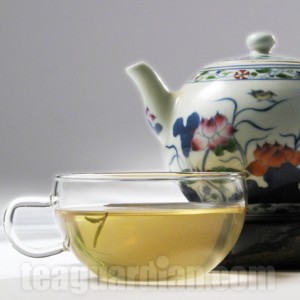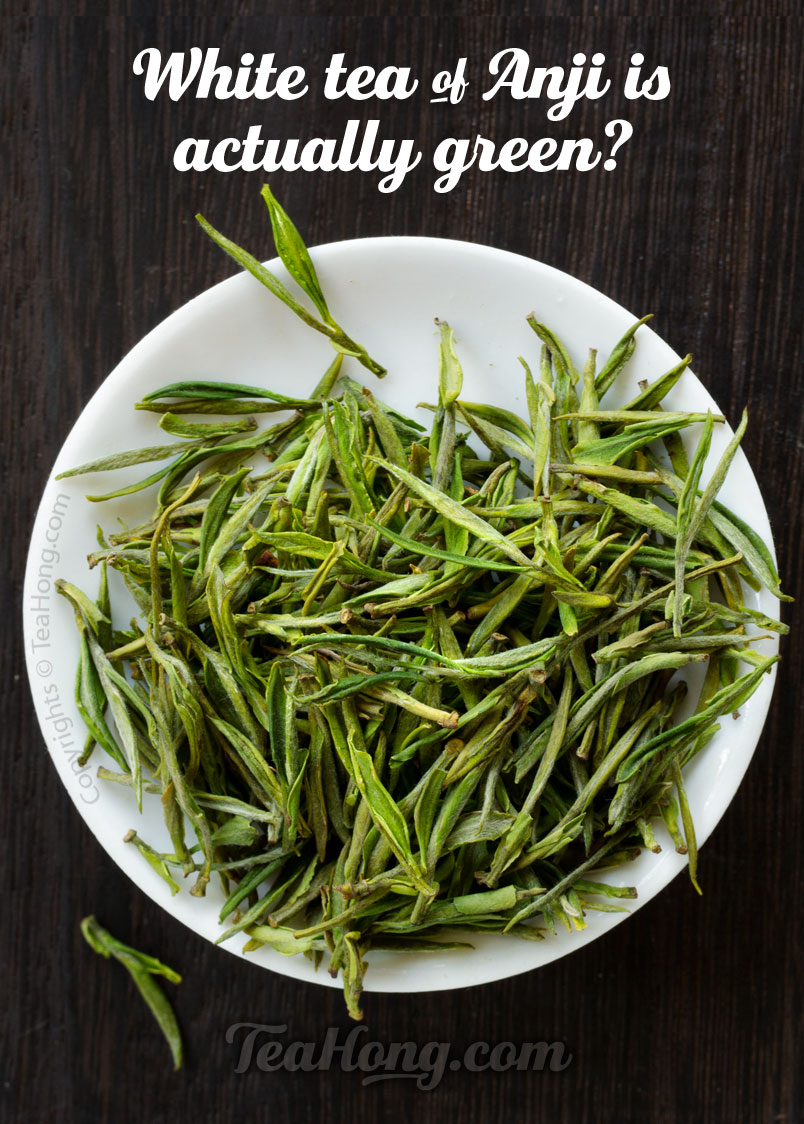Tea and Cardiovascular Health

This is the picture of the wall of the blood vessel of a patient with cardiovascular disease. The dark blue part is the thickened accumulation of fatty deposits on the weakened wall of the blood vessel (in lighter blue-green). You can see that the passage for blood is what remains in the non-coloured area, which is now less than one-third in diameter of the original.
More people die of heart diseases in developed countries than of anything else (1). The second killer is stroke and other cerebrovascular diseases. It seems that quite a large number of us have not been taking care of this most hard-working of our systems and it is giving us signs.

A diagrammatic drawing showing how the inner lining of the blood vessel becomes dysfunctional due to accumulation of oxidized blood lipids. Atherosclerosis causes major diseases in our circulatory system, such as strokes and heart attack. Tea drinking helps to decrease the amount of such lipids.
The reminder of a healthy life style has already somewhat become a cliché so I am not repeating it here. Sometimes I do myself skip exercises and stay up late, indulge my taste buds for that seductive dessert or get irritated over trivial mishaps, though I have long been that age that I’d better stay on that healthy route. However, I always keep drinking my tea.
Those nasty free-radicals
The reason tea can be promoting cardiovascular health is its anti-oxidative characteristic. Tea flavonoids, such as theaflavins in finer black teas and the more potent tea catechins which are most abundant in green teas, are able to inhibit nasty free radicals from corrupting our cells, tissues and systems. These free radicals form in our body as we are exposed to contaminants, pathogens, and in the very processes of metabolism and aging themselves.
Flavonoids prevent these free radicals from oxidizing Low Density Lipoprotein (LDL, often labelled as the “bad” cholesterol). When LDL is oxidized, it becomes a viscous substance and tends to adhere to the inner wall of the blood vessel, causing the passage of the bloodstream to become narrow (i.e. atherosclerosis), and thus the condition for strokes.
Free radicals also cause blood platelets to adhere to other cells and tissues quicker, which can trigger blood clot within the blood vessel (i.e. thrombosis). Together with atherosclerosis, they are immediate antecedents to strokes. Minimizing the actions of free radicals prevents this from happening.
Drink tea: it lowers that blood lipid level
In a report published in an official journal of the American Heart Association in a 5-year study (2) following 1900 patients with history of acute myocardial infarction (i.e. heart attack), it was found that those who drank more than 2 cups of tea a day were 44% less likely to die in a recurrence. They were not even tracking the quality of tea.
Another substance of interest is statin, similar to those that are either natural extracts or synthetic used as a drug for cholesterol control, is present naturally in post-fermented teas such as puer. Although only in minute amount (3), regular drinking may render the effect accumulative. High blood lipid level can drop by an average of 22%, as shown in a small study in France where patients with the problem drank 3 cups a day (4).
44% lower risks of heart attacks
Interestingly, there is a medical understanding that every 1% drop of blood cholesterol reduces 2% of fatal heart attack risk; 22% drop in blood lipid level may agree with the American study of 44% lower risk factor for tea drinkers. This may be an interesting hint that tea from any category can be contributive to preventing mortality in cardiovascular diseases.
Tea: the Better Choice
“If you have to choose between tea or coffee it’s probably better to drink tea…” said Professor Nicolas Danchin of France, after a 7-year study of 131,401 persons on cardiovascular mortality between coffee and tea drinkers. “Tea drinking lowered the risk of non-CV ( cardiovascular ) death by 24% and the trend towards lowering CV mortality was nearly significant” the scientist concluded (5). This agrees with other cohort studies in Japan, where they conclude that those who drink more tea are more less likely to die early of any causes (6).
Compared to wine, an average cup of green tea has 5 times the flavonoid contents (7) — the group of salutary substances in both beverages, and none of the health and social issues of alcohol.
A lot more study is needed for using any tea medically as a therapy. However, there is more than enough evidence showing that it really is worth the effort to develop a fine tea habit to lower the risk of this most threatening health problem.
The clear rational is, tea is an enjoyment which one can have the whole day long day after day. Even the most expensive tea is cheaper than drugs and medical treatments, even if there were no physical sufferings when one gets a cardiovascular problem. As the saying goes, an ounce of prevention is worth a pound of cure. An ounce of good tealeaves gives many cups for good health.
Here’s to a great heart!











